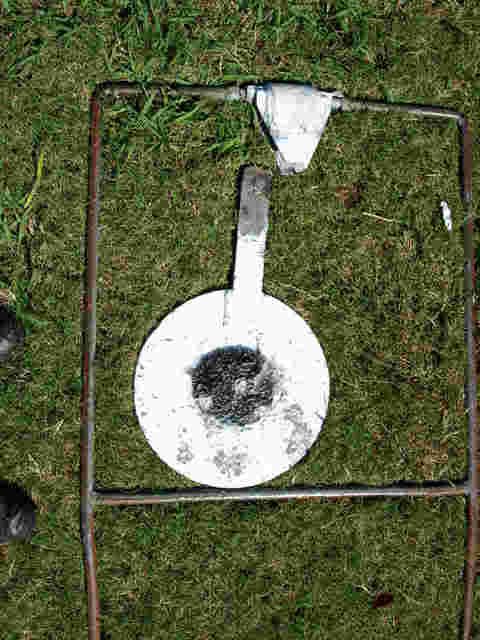2 cents...
Do you shoot? That's dangerous too. And walking out of your home... is dangerous... do you drive... etc, etc.
Man, sorry but that is such a bunch of... (insert word of choice) But that is your choice.
Steel targets can be made less prone... but as many have commented it does not eliminate the possible ricochet.
One must also determine what type of steel (AR quality), how thick, shape and placement/support and very importantly what distance.
*AR is not AR rifle but Abrasion Resistant... typically 300-500
Tired of shooting at a stagnet paper target? Try some Steel Plates... It may just change how you look at shooting...
For those in the Seattle area www.shootonthemove.org/calendar to find a range near you.
And yes I am aware that there is a whole sport involved with firing at metal targets again in my eyes absolutely foolish . Just my two cents............
Do you shoot? That's dangerous too. And walking out of your home... is dangerous... do you drive... etc, etc.
Man, sorry but that is such a bunch of... (insert word of choice) But that is your choice.
Steel targets can be made less prone... but as many have commented it does not eliminate the possible ricochet.
One must also determine what type of steel (AR quality), how thick, shape and placement/support and very importantly what distance.
*AR is not AR rifle but Abrasion Resistant... typically 300-500
Tired of shooting at a stagnet paper target? Try some Steel Plates... It may just change how you look at shooting...
For those in the Seattle area www.shootonthemove.org/calendar to find a range near you.


